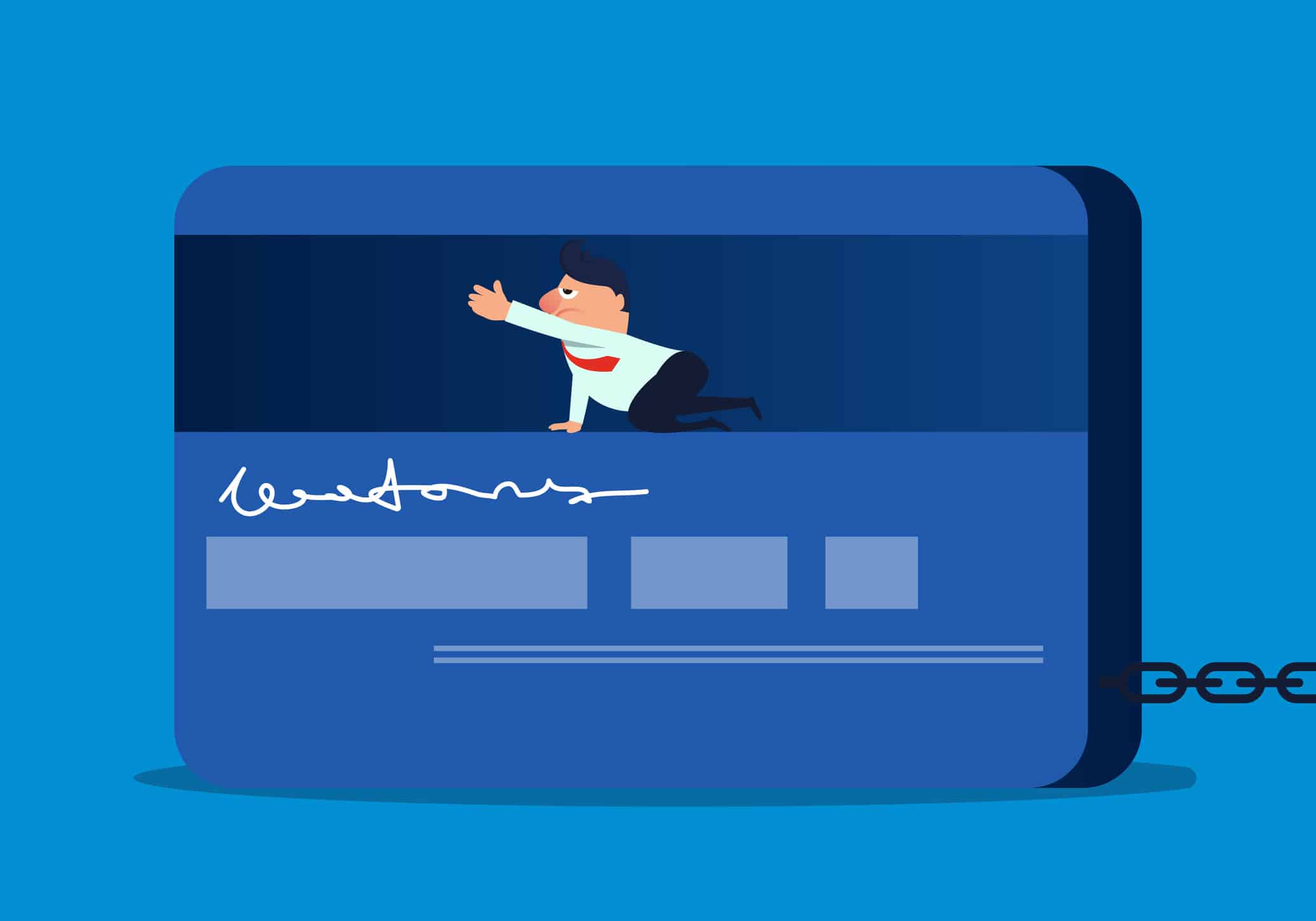Carrying a credit card balance may seem like no big deal at first, but over time it can cost you a lot in interest.
And you’re not alone in carrying a balance. As of January 2019, Americans are holding onto more than 1 trillion dollars in revolving debt, which includes credit cards. Paying off your credit card debt can feel overwhelming, and you may not know where to start.
There are a few different ways to pay off your credit card debt. Since everyone’s situation is different, what works for you may not work for someone else. Review all your options before you decide what’s right for you.
1. Debt avalanche
The debt avalanche method tackles the highest interest rate first. If you aren’t paying your balance off every month, interest will be tacked onto your total balance. Interest rates vary based on credit cards, lenders and your credit profile, but the average annual percentage rate (APR) is close to 16.00%.
The higher balance you keep, the more interest adds up. And with many different cards, you can tackle the one with the high-interest rate or APR first. For the debt avalanche method, you’ll continue paying the minimum balance on all your credit cards, then paying as much as possible towards the card with the highest interest.
Once the highest-interest card is paid off, you’ll move onto the card with the next-highest interest. You’ll continue the process, moving to the lower interest rate cards, until all the balances are paid in full.
2. Debt snowball
While debt avalanche tackles the highest interest, debt snowball focuses on the lowest balance.
For the debt snowball method, you’ll make minimum monthly payments on all your credit cards to avoid being late and causing your credit score to drop. Then you’ll put any extra cash towards the card with the lowest balance until it’s paid off. Then you’ll move onto the card with the next-lowest balance.
Once the first card is paid off, you have more money to put towards the next card, and so on down the line, snowballing your repayment plan.
3. Consolidation
Instead of tackling each card at once, you can get rid of the balances and focus on one debt.
A debt consolidation loan is a type of personal loan. You’ll take a loan out for the balance of all your cards, pay them off entirely, and then pay your loan back in installments until it’s paid in full.
While you’re essentially paying off a loan with a loan, it’s the interest rates that play a major factor. Interest rates for personal loans tend to be lower than higher interest rates of credit cards — some as low as 10.00% — which means you’ll pay less over time.
4. Balance transfer
A balance transfer is when you move your credit card balance from one card to another to stop interest from growing. Many lenders offer balance transfers to lower or remove interest from continuing to grow for a certain amount of time for you to pay down debt.
Browse through lenders — either the one you have or others — to see which ones offer free balance transfers and a 0% APR. The introductory rate usually lasts between 12 and 18 months, but in that time, you should be able to pay off your balance without having more interest tacked on.
You can also use this option if you have many different cards and can move all your outstanding balances to one card. It also works well if you only have one card. But keep in mind that your new card balance may not be as high as your total outstanding balances, so you might not be able to transfer all your debt. If that’s the case, you’ll need to continue making payments on all cards.
5. One extra payment a year
Use any extra cash you get to make payments. Try making one extra payment a year to reduce the overall burden that the high balance is causing. If you get a bonus at work, you can put it towards your high balances. You can also pay off a decent chunk with your tax refund.
6. Restructure your budget
Making minimum payments might be all you can afford right now. Over time, though, try to adjust your budget to make larger payments every month towards your credit card debt.
Try limiting where you put your excess money. Avoid spending money dining out or at coffee shops. Don’t fall into impulse buys, whether it’s in-store or online. Do your best to stick to your shopping lists. It may help to stop using your credit cards until you get your balance or balances under control.
Paying off your credit card debt may seem like a daunting task, but deciding on your plan will get you on the right track.



